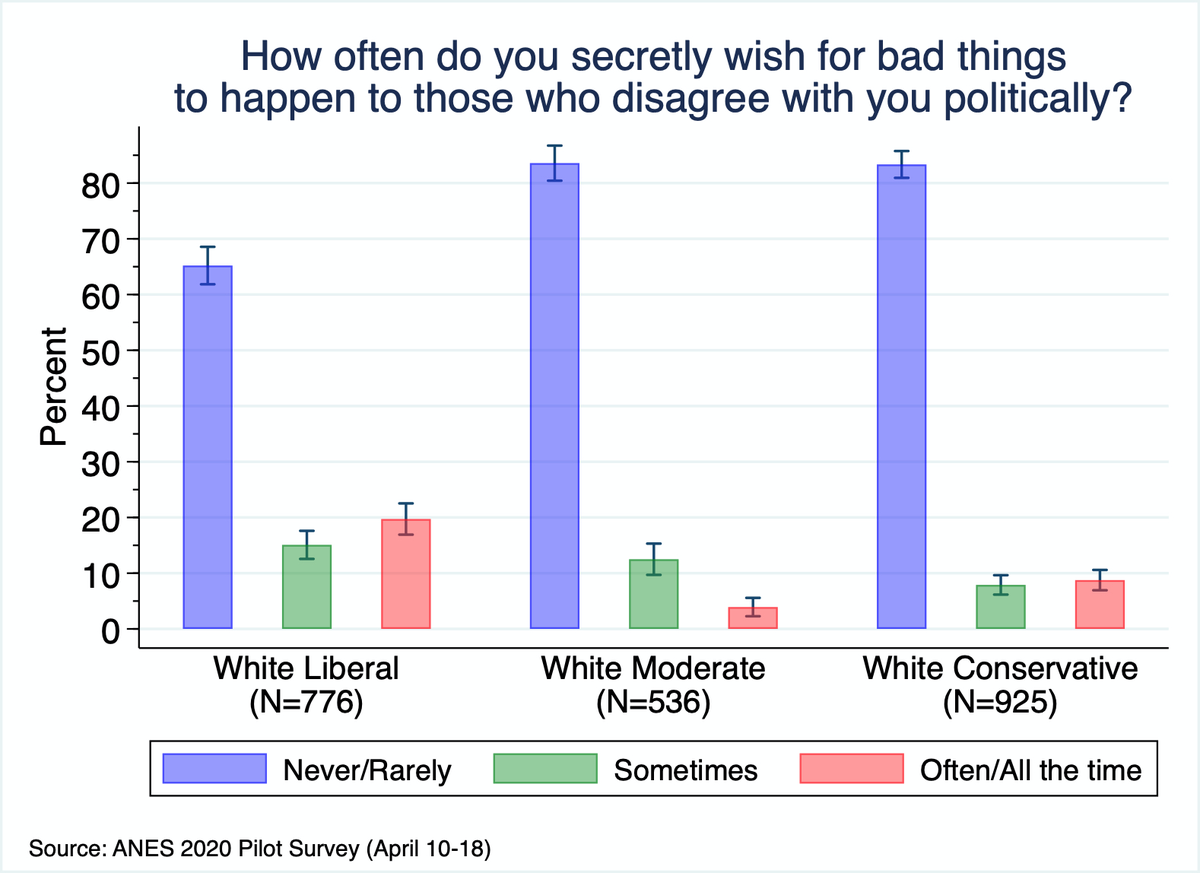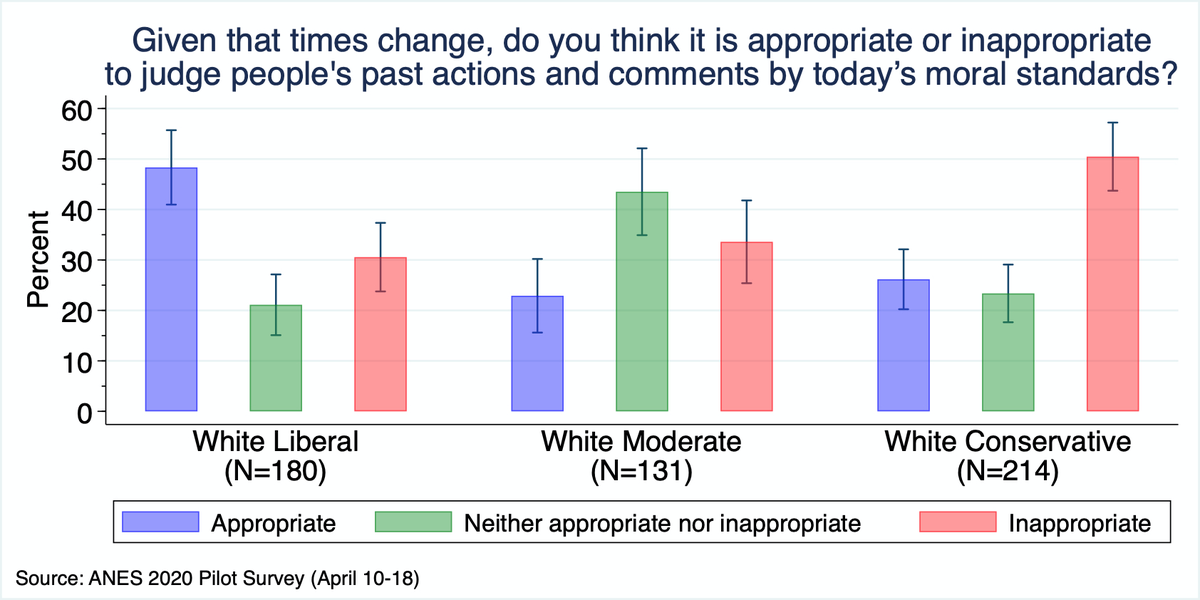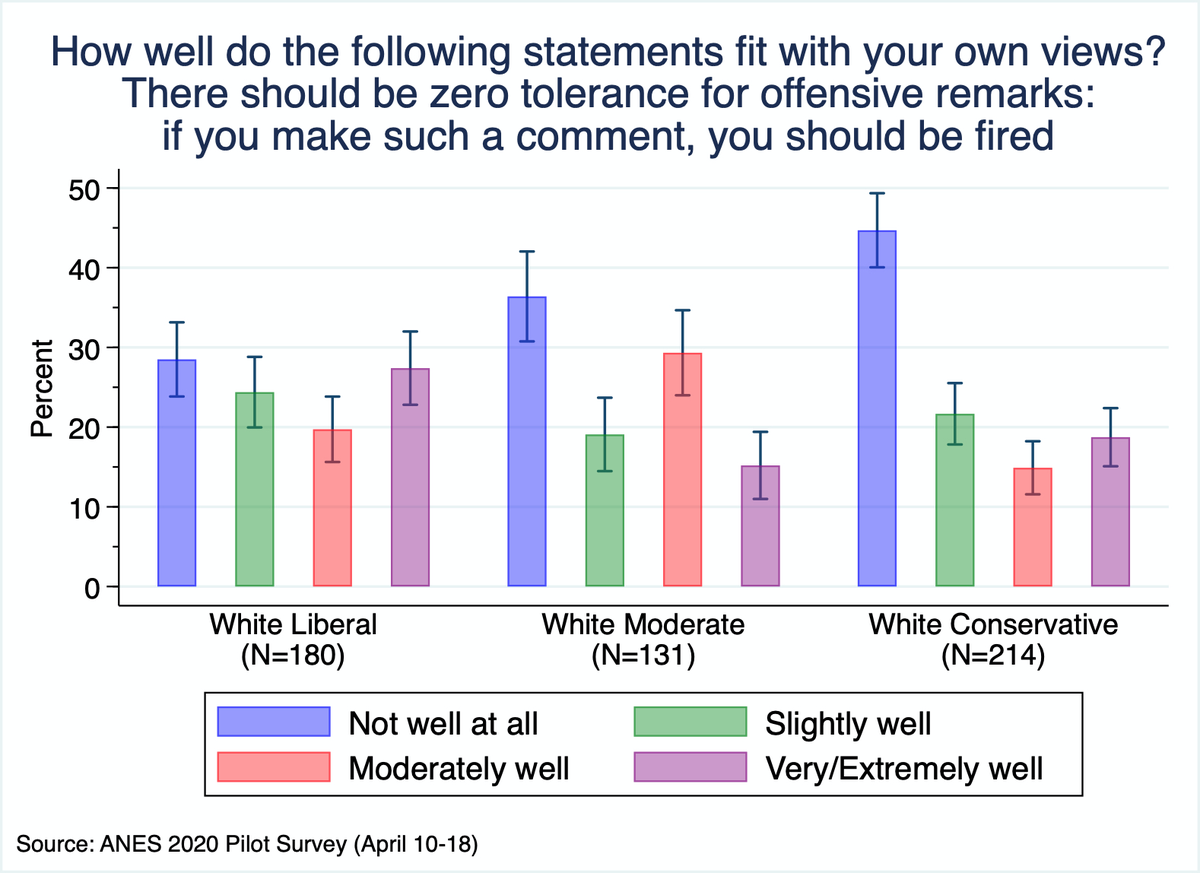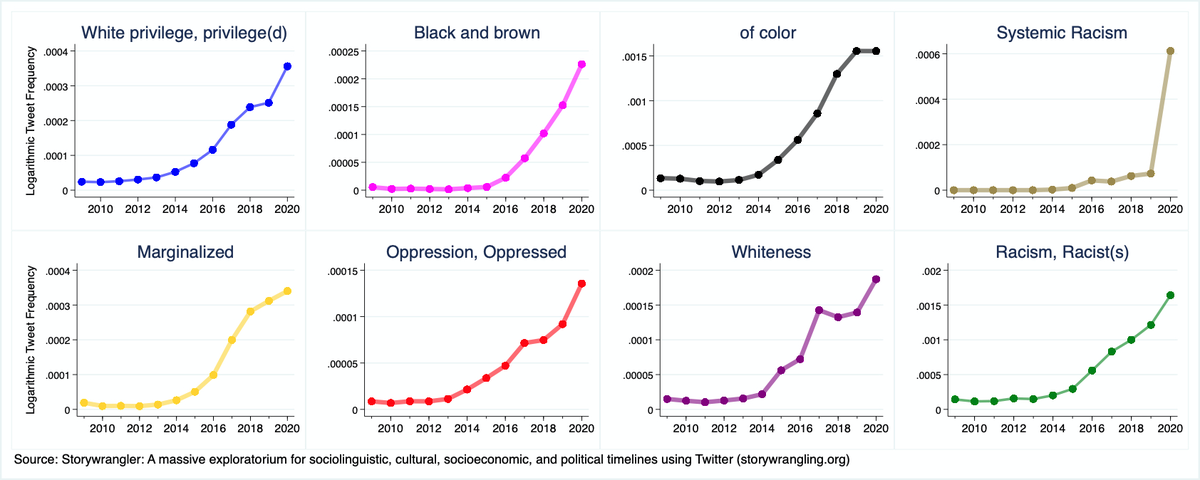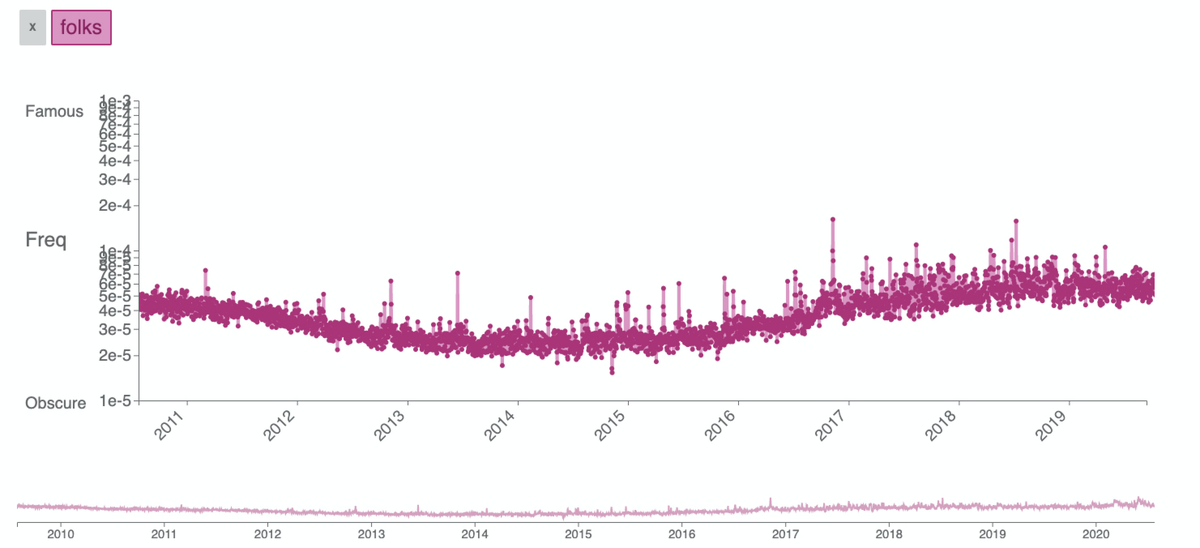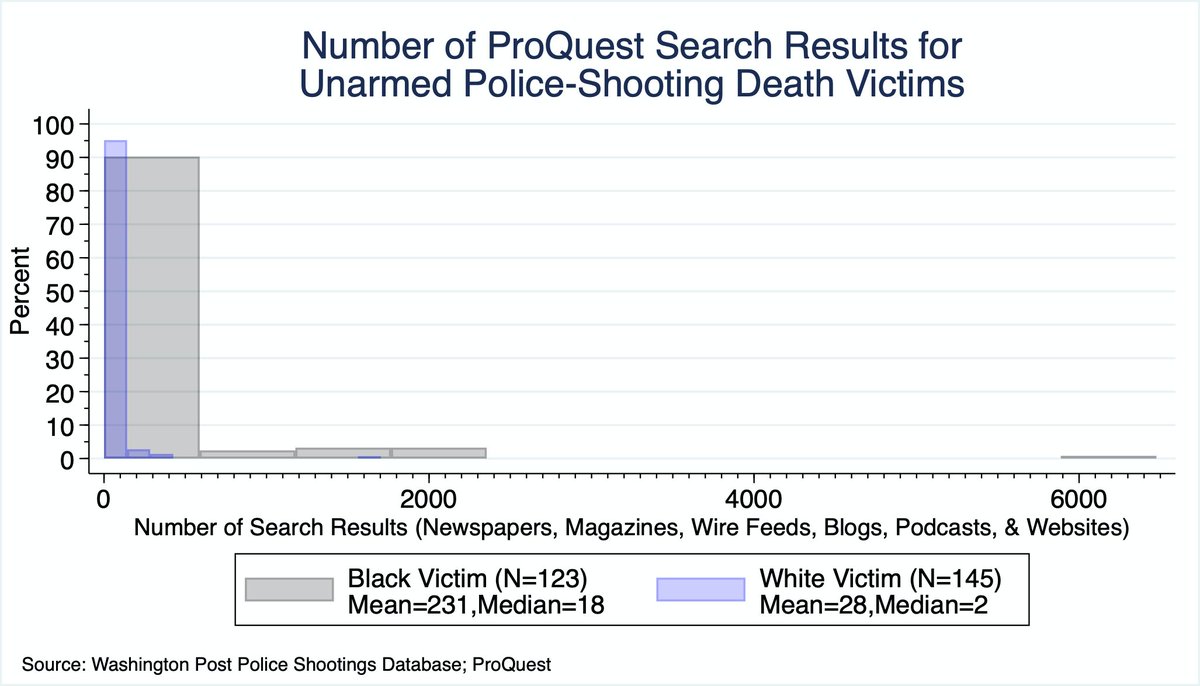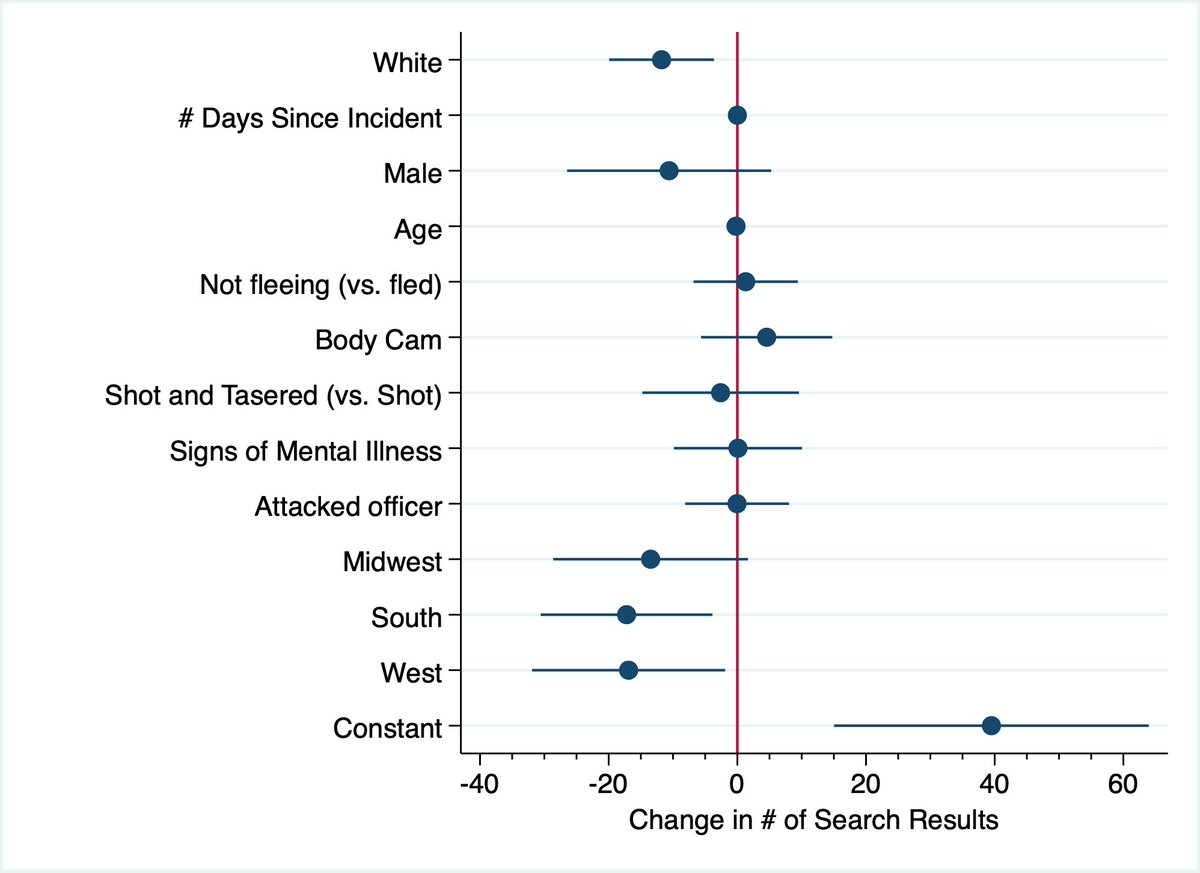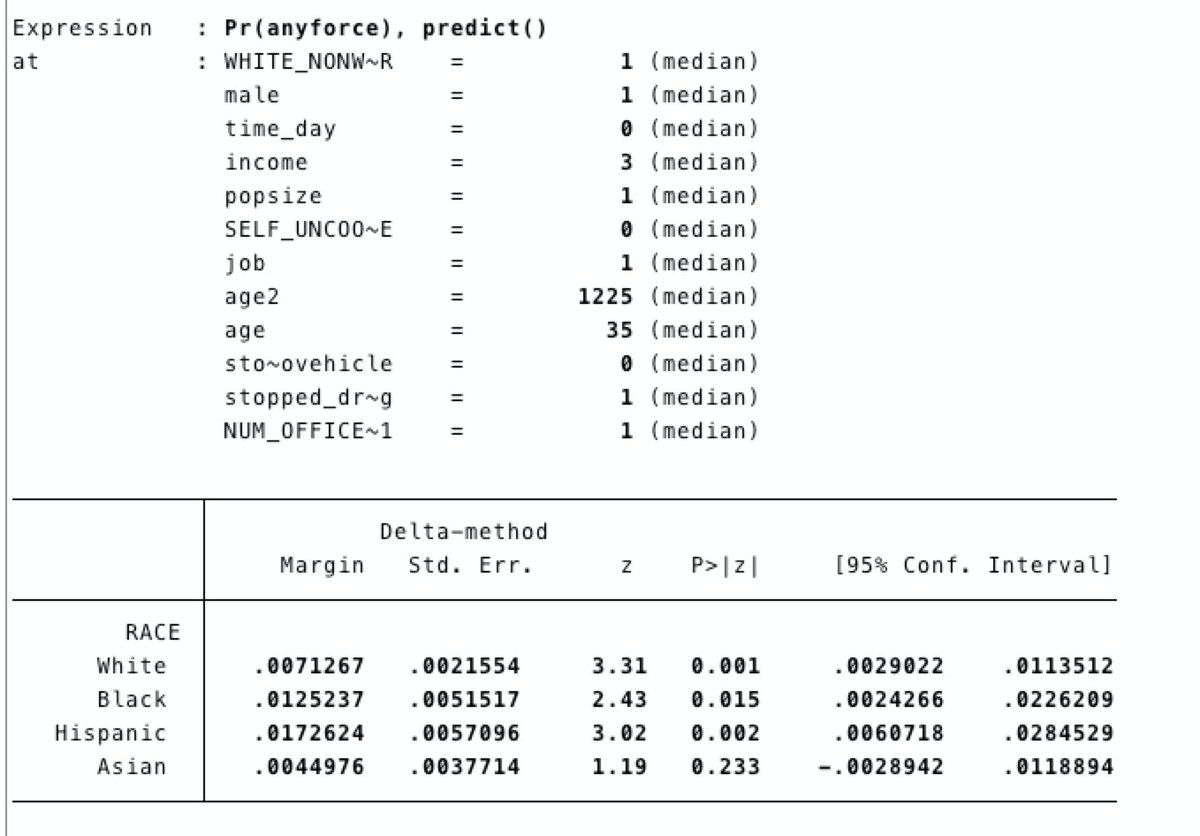
2/n Overall, the attitudes of white liberals shifted the most (though some were already in the woke direction, so there's some ceiling effect). This movement was most pronounced in attitudes towards the police, reparations, and favorability of whites vs. blacks (in which..
3/n ...white conservatives actually shifted in the opposite or pro-white direction).
4/n My dissertation argues that ingroup-critical moral emotions (e.g. guilt, shame, anger) are important drivers of white racial liberalism; and that the salience of these emotions are responsive to media coverage of racial inequality, racism, and racial injustice.
5/n Unfortunately, few surveys actually measure these emotions (and generally only include the popular but widely abused 'racial resentment' scale), but my own survey shows them to be some of the strongest predictors of pro-outgroup attitudes. Thus, when we see that...
6/n ...post-Floyd white liberals rate blacks even more favorably than whites than they did pre-Floyd, my theory argues that this at least partly due to the incident's activation of guilt and shame.
https://twitter.com/ZachG932/status/1299837951560560641?s=20
6/n Just noted this now: the increase in the pro-black favorability bias of white liberals was *not* the result of them rating blacks more favorably (Pre-Floyd 90%, Post-Floyd 88.5%), but rather the result of rating *whites* more unfavorably (17.8%->22.5%).
• • •
Missing some Tweet in this thread? You can try to
force a refresh


